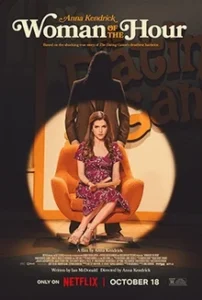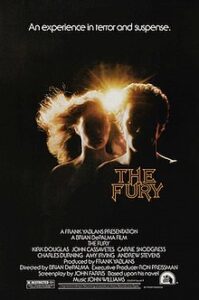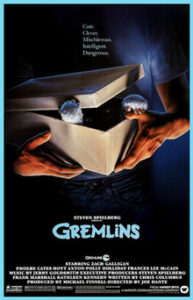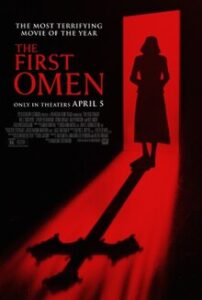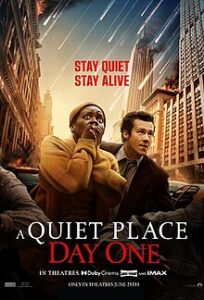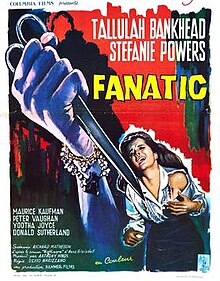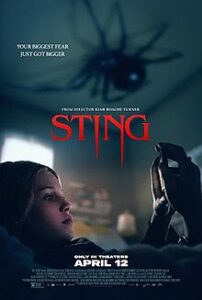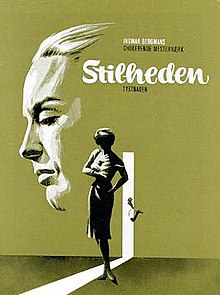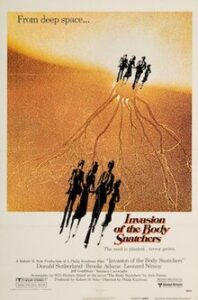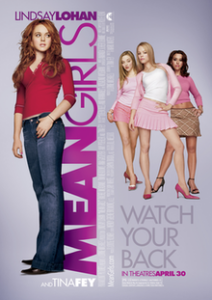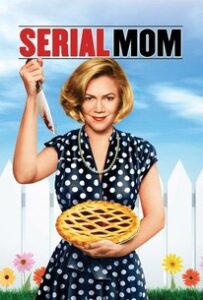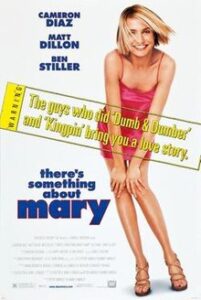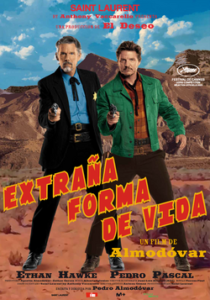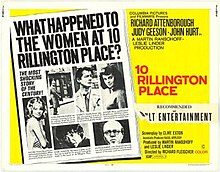Woman of the Hour-2023
Director Anna Kendrick
Starring Anna Kendrick, Daniel Zovatto, Autumn Best
Scott’s Review #1,448
Reviewed October 21, 2024
Grade: A-
I never thought of Anna Kendrick as a quality film director or even a director. Her most notable acting role was Up in the Air in 2009 and I had nearly forgotten about her until watching the Netflix film Woman of the Hour (2023) in which she stars and directs.
She impressed the hell out of me in her directorial debut and since the film industry still needs more female directors I hope Kendrick keeps at it.
Woman of the Hour premiered at the Toronto International Film Festival in September 2023 but wasn’t released by Netflix until October 2024 so it’s technically a 2023 film.
Kendrick creates an intelligent work that serves as a compelling and taut thriller and a lesson in misogyny and objectification. Yes, it’s set in the 1970s and an argument can be made that society has progressed in that regard but not nearly enough as this film starkly reminds us.
An aspiring actress, Cheryl Bradshaw (Kendrick), who has had little success finding roles, is talked into appearing on an episode of the popular game show ‘The Dating Game’.
She crosses paths with a prolific serial killer, Bachelor #3 on the television show, 1978. He is Rodney Alcala (Daniel Zovatto) who is feared to have raped and murdered over one hundred women.
The audience is well aware of the actions of Alcala since the action goes back and forth from the present times (1979) and New York City in 1971 when he presumably killed his first victim.
I felt uncomfortable from the first scene and remained this way during the one hour and thirty-four minute running time. The film was too short.
Alcala doesn’t lurk around corners or break into apartments brandishing a butcher knife. Instead, he sweet-talks the women into posing for photographs or offers to help them out of a jam to gain their trust.
Kendrick doesn’t play softball with the audience. She gets the action going with a brutal scene where Alcala takes photos of a young woman in the plains. After he gets the woman to open up about her painful breakup with an ex-boyfriend, he strangles her. He revives her, then strangles her to death.
The victim is pitiful since she is already distressed over her ex. The audience sees a glimmer of hope in her eyes when she considers she may have finally met a nice guy. There is slight trust and it’s heartbreaking to see reality strike the poor woman.
Kendrick does it again in a side story from 1979 when events finally ended climatically. A young runaway named Amy, played wonderfully by Autumn Best, meets Alcala and spontaneously goes hiking with him in a remote location.
Best, through Kendrick, plays wounded not as victimized but as a strong woman with a will to live. Hardly cowering, she instead channels energy and outsmarts her pursuant.
I was continually impressed with how Kendrick weaved a thriller with female empowerment.
As good as those scenes are, the best sequence is during The Dating Game since there is so much going on.
We see the creepy Alcala and know that Cheryl will choose him. He knows how to schmooze, capitalizing on the other bachelor’s weaknesses. After he wins, bachelor #2 whispers a warning to Cheryl.
It gave me goosebumps.
Daniel Zovatto is a standout as the killer. His facade of Mr. Nice Guy made me trust him as most people would. He appears kind, friendly, and helpful. When he suddenly turns evil the actor gives a creepy smile on par with the one from the horror film Smile (2022).
I shudder thinking about the smile and film and Woman of the Hour (2023) has followed me since watching it.
An impressive directorial debut, Kendrick has the chops necessary to continue her journey. She acts well but her director talents are her superpower.
